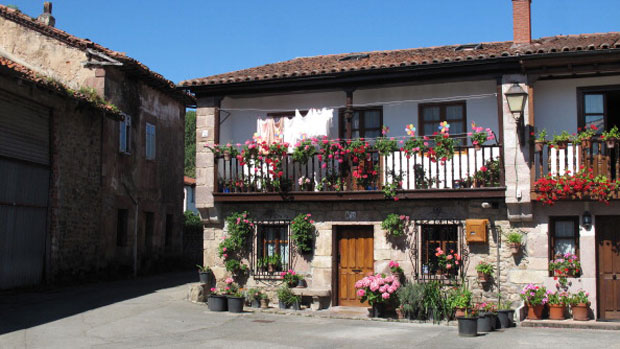Gains in Spain: is now the time to invest in Spanish property?
After years in the doldrums, signs of life are returning to the Spanish property market

IF HISTORY is, as Thomas Carlyle contended, “the biography of great men”, to what extent are global markets shaped by outsized individual investors? It’s a topical question when it comes to Spain – the hitherto despised European “Piig” now apparently basking in the sun as the favoured destination of some of the biggest beasts in the money jungle.
Billionaires George Soros and John Paulson are both renowned for making bold calls. The enigmatic Hungarian émigré, best known for his giant punt against the pound in 1992, currently reigns as the most successful hedge fund manager in history, measured by investment returns. Paulson, meanwhile, is celebrated as one of the few to have correctly called the 2007-08 bust, making a fortune betting against the US subprime mortgage market.
The two men have very different styles, but this year both have been piling into Spanish property. Most recently, they invested $127 million apiece in a new vehicle, Hispania – a real estate investment trust (Reit), which will shortly list on the Madrid stock market.
The Week
Escape your echo chamber. Get the facts behind the news, plus analysis from multiple perspectives.

Sign up for The Week's Free Newsletters
From our morning news briefing to a weekly Good News Newsletter, get the best of The Week delivered directly to your inbox.
From our morning news briefing to a weekly Good News Newsletter, get the best of The Week delivered directly to your inbox.
Will the bet come good and is the time ripe to follow suit, albeit on a rather more modest scale? On the basis that the easiest way to make money from any investment is to buy when prices are cheap, Spain certainly looks a tempting proposition.
Despite improving sentiment, prime real estate values remain 30 per cent lower than their peak five years ago when the bubble burst, nearly taking the entire Spanish banking system and economy with it. In some former coastal hotspots the differential is as high as 70 per cent. But, of late, momentum has been picking up. Savills reports that inflows into Spain’s retail property sector alone jumped three-fold last year (up from €320m in 2012 to €850m), with the bulk of cash coming from foreign institutional investors.
The influx is as much a bet on a resurgent Spanish consumer as on the country’s property market per se. As Gema de la Fuente, Savills local head of research, points out, there’s an element of pent-up demand among bullish multinationals, impatiently pawing the ground to get their horns into Spain’s improving mid-term economic outlook.
“Some have been waiting for years for the right moment.” Other big companies detecting signs of a “Spanish spring” include Vodafone, which this week paid €7.2bn for the country’s largest broadband and cable TV outfit, Ono, as a central plank of its European expansion strategy.
A free daily email with the biggest news stories of the day – and the best features from TheWeek.com
The money markets have certainly been flashing the green light. Last month, Moody’s upgraded Spain’s credit rating, citing “a rebalancing of the economy towards a more sustainable growth model”. Meanwhile, yields on 10-year Spanish government bonds (considered a litmus test of risk appetite), are now at their lowest since January 2006.
Some warn that the recovery is still fragile: “Spanish government debt remains years from stabilisation,” says Mike Ingram of BGC Partners. And the wider economy is still highly vulnerable to any sudden shock. But when you consider how close to the brink Spain seemed just a couple of years ago, the progress is remarkable.
How much of this feelgood factor is finding its way into a property landscape still pockmarked with abandoned developments and littered with bankrupted get-rich quick merchants? According to Fitch, progress remains slow in much of mainland Spain, where the wounds of the crisis have yet to heal. Indeed, the ratings agency predicts that property prices could well continue falling this year before hitting bottom in 2015.
But if it’s still carnage on the Costa del Sol, it’s a different story in traditionally classier markets like the rocky northern coast of Mallorca, around Deia, where Knight Frank reports that sales increased by 40 per cent last year, largely fuelled by well-heeled Northern European buyers on the hunt for a (comparative) bargain. If city life is more your thing, there has rarely been a better time to buy into the more upmarket districts of Madrid and Barcelona.
About a million Britons already live, or have second properties, in Spain which, despite causing some well-publicised nightmares for some buyers (victims of land grabs, forced demolitions, property investment scams et al) is traditionally one of the more welcoming of the southern European countries. The Spanish government has been working overtime to lure more of us in, staging a series of property roadshows to highlight some of the bargains on offer. The usual caveats apply, but you can’t help siding with Soros. Spanish property is definitely worth a sniff.
writes profiles for Money Week and is City editor of The Week.

